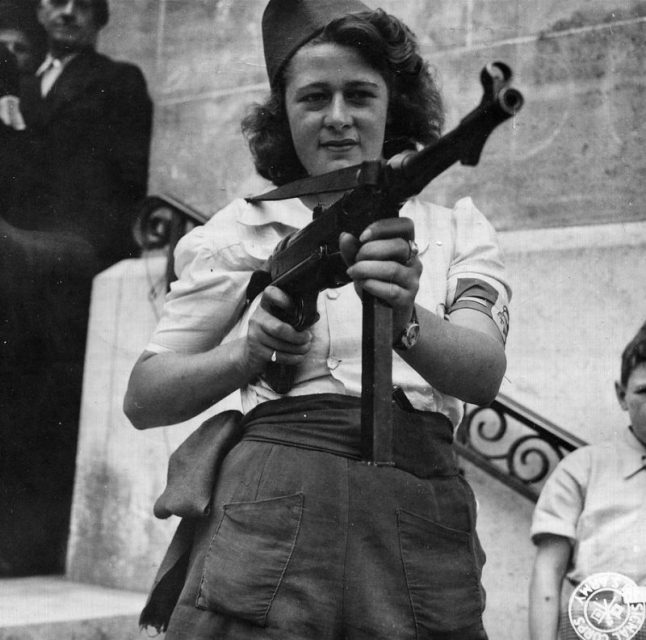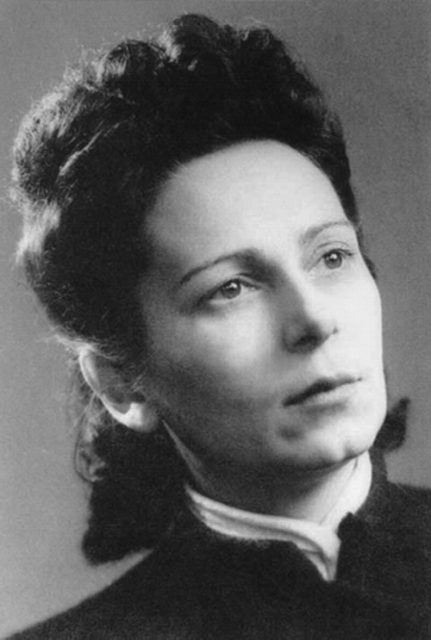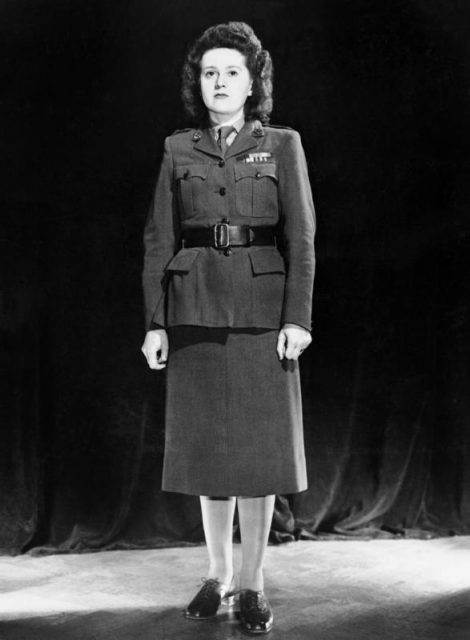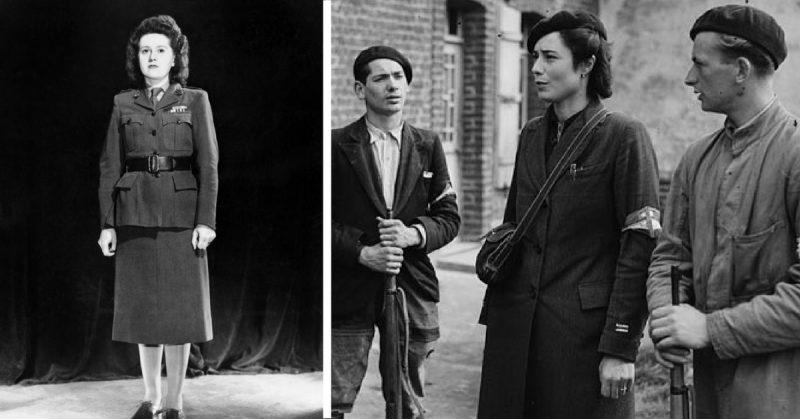A new book is out that tells the story of French women who worked as spies for the British Special Operations Executive (SOE), who were captured by the Nazis in France and executed for their actions.
The women knew when they volunteered that their chance of survival was only fifty percent. Still, they were willing to be parachuted into France to work behind enemy lines on behalf of the Allies.
The women served as couriers. They carried weapons, helped to select bombing targets, scouted German defensive positions, located places airplanes could land to bring in additional agents and supplies, and helped to set up safe houses. They also took part in operations to sabotage power stations and other targets.
Using forged identification papers, the women traveled by bike and train throughout France under the constant threat of capture and execution by the Nazis.

38 French women returned to France to serve as spies. 10 of them were executed. One survived life in a concentration camp. Another managed to escape capture.
British historian Bernard O’Connor, author of the new book entitled SOE Heroines, highlights the sacrifice and bravery of those women. O’Connor is a retired English teacher from Gamlingay, Cambridgeshire, England. He combed through recently declassified documents from the government as well as personnel files, mission reports, and memoirs to learn of their exploits.
Andree Borrel is one of the most striking women mentioned in the book. She had fought in the Spanish Civil War against the Nazi-supported fascists. When the Germans invaded France, she set up safe houses near Perpignan. She escaped to England when the Germans compromised her network in 1941.
On September 24, 1942, Borrel and Lise de Baissac were the first female SOE agents to parachute into occupied France. It was part of Operation Whitebeam which aimed to set up resistance networks in Paris and the northern part of France.

Borrel undertook the most dangerous work such as setting up meetings and recruiting resistance fighters. She also took part in organizing parachute drops and attacking German infrastructure such as the Chevilly la Rue Power Station in March 1943.
In July of 1943, Borrel was arrested by the Gestapo. She was so fearlessly contemptuous of her German captors that they did not even attempt to break her silence.
She was executed in the Natzweiler-Struhof concentration camp on July 6, 1944, by lethal injection. She was awarded the Kings’ Commendation for Brave Conduct posthumously.
Jeanette Guyot was another SOE operative. She parachuted into France with three other French officers. In 7 months the team set up dozens of drop zones and almost 100 safe houses.

O’Connor believes the public is more aware of the contribution of British female agents and he wanted to tell the stories of the French women that worked for the SOE.
The French agents were not treated any differently. They trained with the other SOE agents and learned hand-to-hand combat and were taught to kill.
Another operative whose story is told in O’Connor’s book is Cecile Pichard. She parachuted into France with her brother, the first brother-sister team to be dropped into France.
She organized air drops in the Altesse region between Dijon and Nancy while working at Citroen as a secretary to Lieutenant Jean Maxime Aron who was a leader in the Jewish Resistance.
Denise Bloch was trained to be a wireless radio operator and then dropped into central France. She was eventually captured, interrogated and tortured by the Gestapo. She was then despatched to Ravensbrück concentration camp where she was executed in January 1945.
